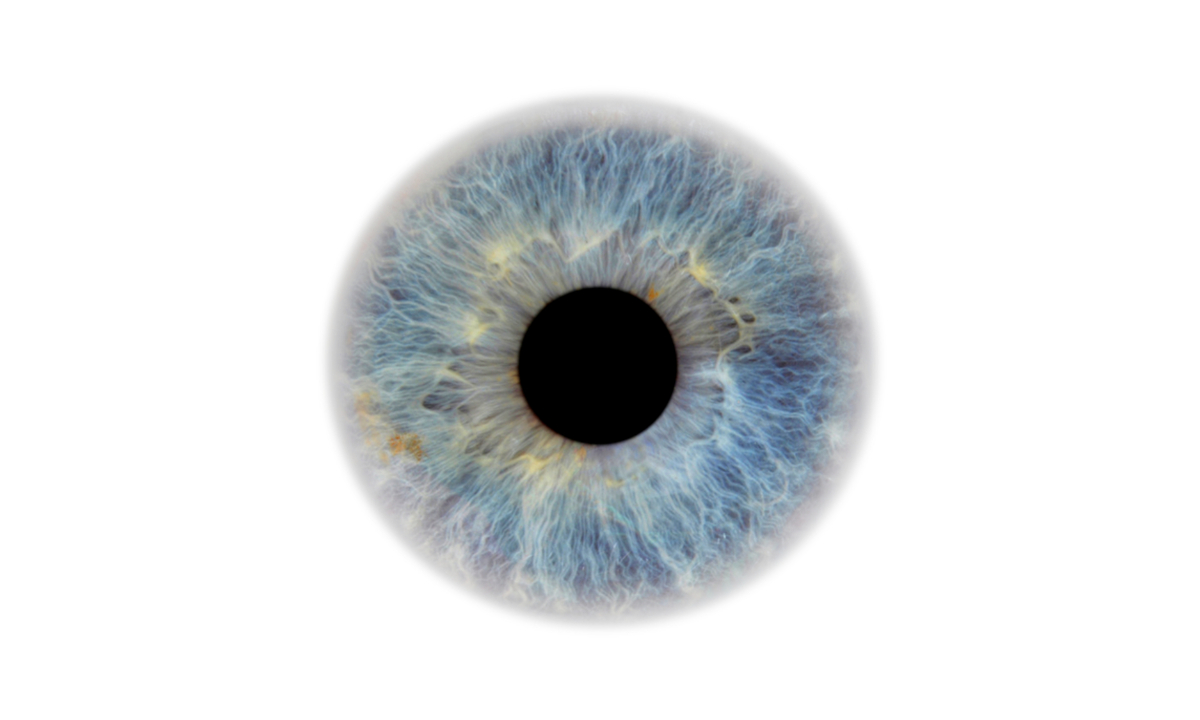A healthy cornea is essential for the eye’s function in seeing the world around us. Its main role is to protect the inner eye against mechanical damage, UV radiation and microbes.
Injuries or disease of the cornea may lead to blindness, which is an issue that impacts tens of millions of people around the world according to the World Health Organization. Cornea transplants are a solution for this issue, but there is a worldwide lack of donors with, on average, only 1 cornea available for 70 patients. With transplantation there is also a risk of rejection, poor survival of the explanted tissue, and high costs.
To address this challenge, researchers have turned to tissue engineering to use cells and materials to repair the damaged corneas. In a new publication by Boix-Lemonche and coworkers, transparent TUNICELL TTC was used together with cells to bioengineer a cornea repair model.
At Ocean TuniCell we congratulate the team of researchers on their publication. We are excited to learn of the positive and promising results using our medical grade TUNICELL TTC material and hope that we may contribute to future solutions to help those struggling with blindness due to corneal injury, disease or inflammation.
Our Chief Scientific Officer, Dr. Eric Thompson believes this is “a significant step forward in corneal repair research by the groups at University of Oslo and Oslo University Hospital. Compared to previous studies using plant-derived nanocelluloses, the use of medical grade, biocompatible (Apelgren et al., 2022) TUNICELL offers promise in a move to relevant in vivo test models and eventual translation to clinical application”.
You can find this publication listed on our product page under “Publications” along with the publication on the biocompatibility evaluation of TUNICELL.
Boix-Lemonche G, Nagymihaly RM, Niemi EM, Josifovska N, Johansen S, Moe MC, Scholz H, Petrovski G (2023) Intra-Corneal Implantation of 3D Bioprinted Scaffolds Containing Mesenchymal Stromal Cells using Femtosecond-Laser-Assisted Intrastromal Keratoplasty. Macromol Biosci. 2:e2200422, https://doi.org/10.1002/mabi.202200422


